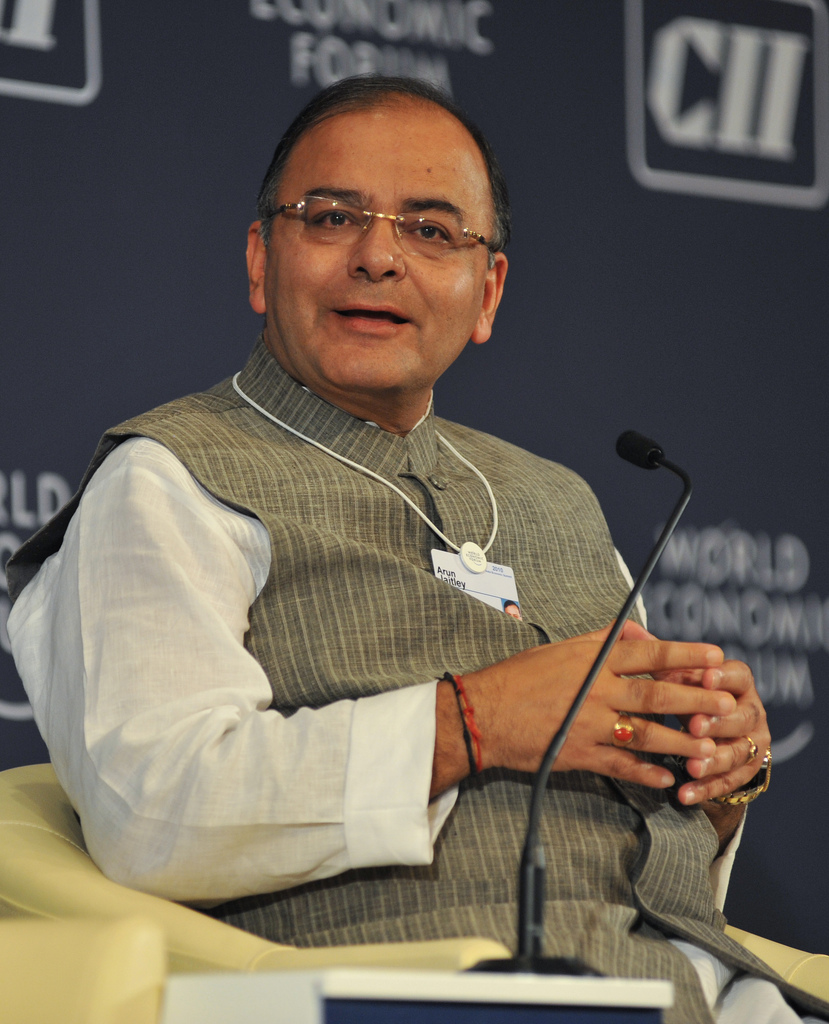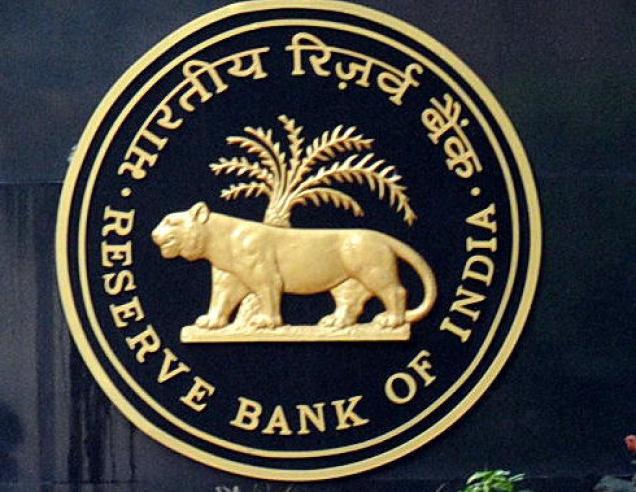
The Associated Chambers of Commerce and Industry of India (Assocham), a business lobby, recently released a study titled Real estate investment: State-level analysis.
In this study, it estimated that 75% of the 3,540 real estate projects in India remained non-starter as of the end of March 2015. The business lobby estimated that the projects had total outstanding investments worth over Rs 14 lakh crore. This means that the average size of a project is around Rs 395.5 crore.
Assocham further said that a total of 2,300 projects in the real estate sector remained non-starter. Further, 1000 projects are facing a significant delay in completion.
Why is this happening? Real estate companies have two major sources of finance: banks and investors. The monthly sectoral deployment of credit data released by the Reserve Bank of India (RBI) points out that the total bank lending to commercial real estate grew by a minuscule 2% between September 19, 2014 and September 18, 2015. This, when the overall lending by banks grew by 8.4%.
Now compare this to how things were in September 2014. Bank lending to commercial real estate between September 20, 2013 and September 19, 2014, had grown by a massive 20%. The overall bank lending by banks had grown by a similar 8.6%.
This clearly shows that the lending by banks to real estate companies has slowed down dramatically. Between September 2013 and September 2014 banks lent Rs 26,958 crore to real estate companies. This has crashed to Rs 3,157 crore between September 2014 and September 2015.
What this clearly shows is that banks are not interested in lending money to real estate companies anymore. And in this scenario real estate companies do not have enough money to start or complete projects.
Other than banks a major source of finance for real estate companies are investors looking to deploy money in under-construction properties. It seems they are staying away from the sector as well.
The returns from the real estate sector have been very low over the last few years. Further, many projects are massively delayed. As the Assocham study points out: “On an average, real estate projects in India are facing a delay of 33 months in completion… Realty projects in Andhra Pradesh are facing maximum delay of about 45 months followed by Madhya Pradesh (41 months), Telangana (40 months) and Punjab (38 months).”
Given this, it is not surprising that the investor interest in real estate seems to have come down dramatically, leading to major fund crunch for real estate companies. This also becomes clear from the spate of goodies and discounts that real estate companies are willing to offer to anyone who is willing to invest in a fresh project.
Commenting on the real estate sector, the finance minister Arun Jaitley said on October 31: “The essence of your industry can’t be that I will only survive on subsidies. You will have to survive on the strength of the market economy itself [italics are mine] and you will have to survive on the strength of our banking system to finance you.”
The phrase to mark in the above paragraph is “You will have to survive on the strength of the market economy itself”. What did Jaitley mean by this? What this meant was that the real estate companies will have to allow the market economy to operate. Up until now, despite a major fall in demand for real estate, prices haven’t fallen at the same pace.
In this scenario, the real estate companies are stuck with a massive amount of unsold homes. Even a fall in interest rates hasn’t helped given that most of the real estate in India’s bigger cities, where the bulk of the market is, is way too expensive and beyond what most people can afford. This anomaly needs to be set right. Real estate companies need to cut prices at a much faster rate than they currently are. For once, Jaitley’s comment on real estate is spot-on.
The RBI governor Raghuram Rajan said something similar sometime back: “I think we need the market to clear. With growing unsold stock, we need to see the ways to do it. Some of it might be by making loans easier, but we also don’t want to create a situation where prices stay high at the level which means demand can’t pick up.”
It is important to understand here that real estate is a very important cog in the wheel of the Indian economy. It employs a large number of unskilled and semi-skilled labour. It has major backward linkages into sectors like cement and steel. The point being no home can be built without cement and steel. A revival of real estate sector will lead to a definite pick up in cement and steel sectors as well.
To conclude, if real estate demand has to pick up, prices need to fall much more than they have up until now. The question is how soon will the real estate companies come around to cutting prices at a much faster rate than they currently are? On that your guess is as good as mine.
Stay tuned!
(Vivek Kaul is the author of the Easy Money trilogy. He tweets @kaul_vivek)
The column originally appeared on Huffington Post India on Nov 2, 2015

